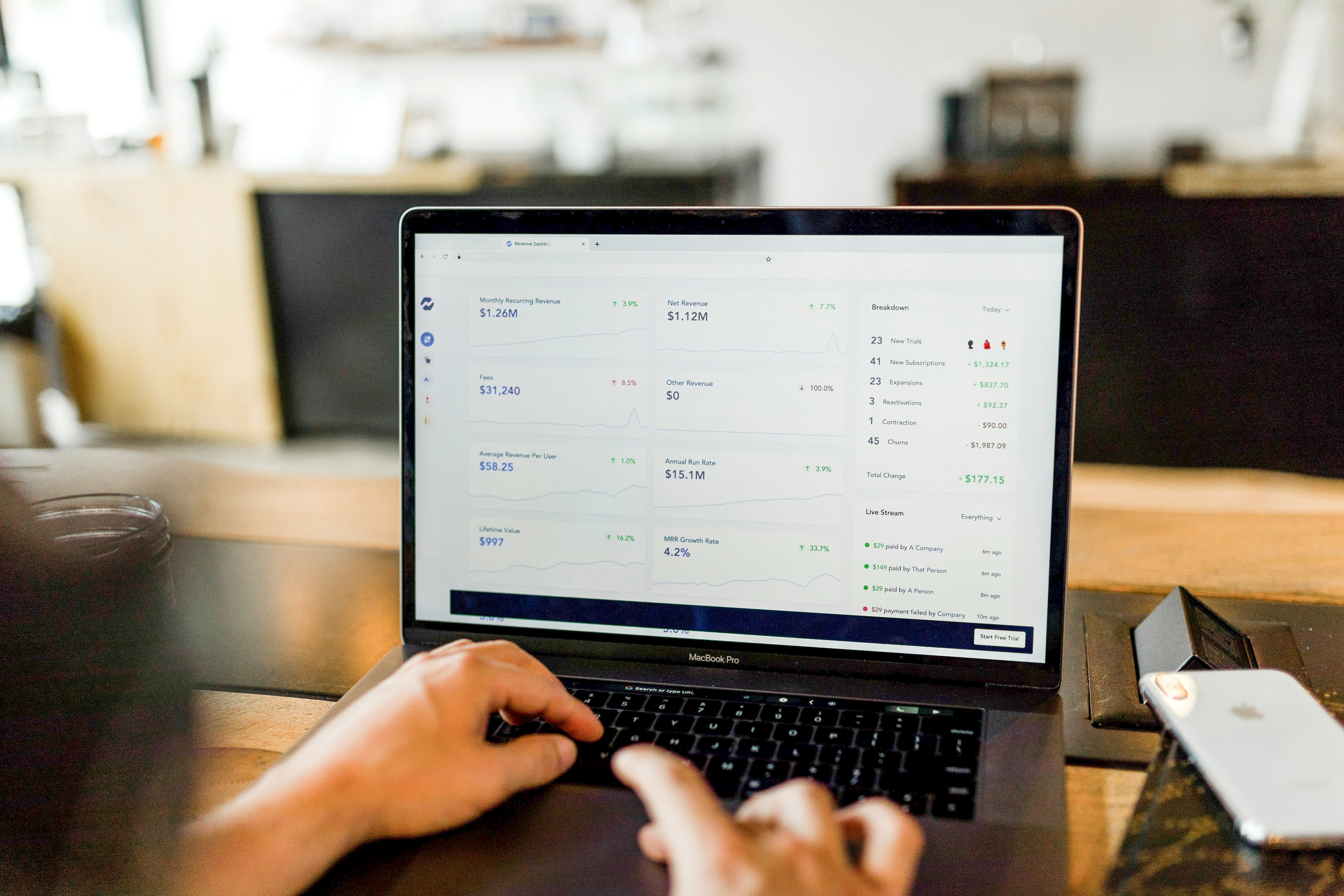Mid Fidelity
Mid Fidelity
Mid Fidelity
Click Tracking

Overview
Click Tracking is a low-fidelity, data-driven experiment that measures customer interest and engagement by tracking clicks on specific links. At Future Foundry, we use this approach to quantify demand before investing in a product or feature. This method is particularly useful for testing different messaging angles, email campaign performance, and online ad effectiveness. Rather than relying on assumptions, we gather real behavioural data on how customers interact with different calls to action.
Click Tracking is a low-fidelity, data-driven experiment that measures customer interest and engagement by tracking clicks on specific links. At Future Foundry, we use this approach to quantify demand before investing in a product or feature. This method is particularly useful for testing different messaging angles, email campaign performance, and online ad effectiveness. Rather than relying on assumptions, we gather real behavioural data on how customers interact with different calls to action.
Click Tracking is a low-fidelity, data-driven experiment that measures customer interest and engagement by tracking clicks on specific links. At Future Foundry, we use this approach to quantify demand before investing in a product or feature. This method is particularly useful for testing different messaging angles, email campaign performance, and online ad effectiveness. Rather than relying on assumptions, we gather real behavioural data on how customers interact with different calls to action.
Process
We start by embedding unique, trackable links in various marketing assets—emails, landing pages, social media ads, or product pages. Each link is designed with a clear call to action, leading customers to a relevant destination. Once live, we monitor click-through rates (CTR), bounce rates, and conversion pathways. High engagement suggests that the messaging resonates, while low click rates indicate the need for adjustments. Insights from link tracking also help refine A/B tests, advertising spend, and product positioning.
We start by embedding unique, trackable links in various marketing assets—emails, landing pages, social media ads, or product pages. Each link is designed with a clear call to action, leading customers to a relevant destination. Once live, we monitor click-through rates (CTR), bounce rates, and conversion pathways. High engagement suggests that the messaging resonates, while low click rates indicate the need for adjustments. Insights from link tracking also help refine A/B tests, advertising spend, and product positioning.
We start by embedding unique, trackable links in various marketing assets—emails, landing pages, social media ads, or product pages. Each link is designed with a clear call to action, leading customers to a relevant destination. Once live, we monitor click-through rates (CTR), bounce rates, and conversion pathways. High engagement suggests that the messaging resonates, while low click rates indicate the need for adjustments. Insights from link tracking also help refine A/B tests, advertising spend, and product positioning.
Requirements
This test requires analytics tools (Google Analytics, UTM parameters, or Bitly), a clear campaign goal, and a defined customer audience. Click Tracking works best when paired with follow-up customer interviews to understand the motivations behind clicks.
This test requires analytics tools (Google Analytics, UTM parameters, or Bitly), a clear campaign goal, and a defined customer audience. Click Tracking works best when paired with follow-up customer interviews to understand the motivations behind clicks.
This test requires analytics tools (Google Analytics, UTM parameters, or Bitly), a clear campaign goal, and a defined customer audience. Click Tracking works best when paired with follow-up customer interviews to understand the motivations behind clicks.
Discover other experiments
Explore more real-world experiments that have helped teams validate ideas, reduce risk, and accelerate innovation.

